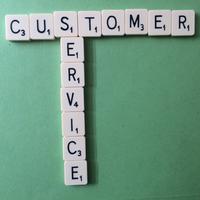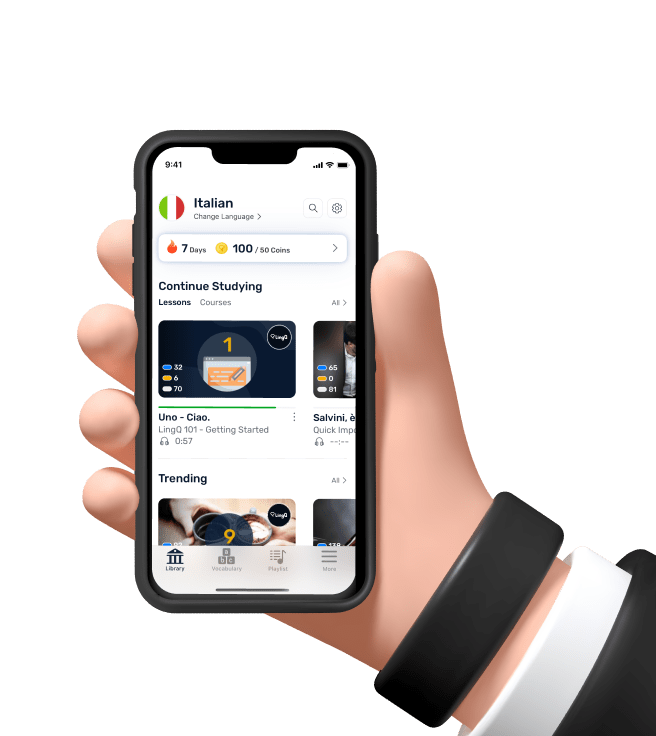5 Ways Customer Service Has Changed (And How to Adapt)
The basic goal of keeping customers satisfied has always been at the heart of customer service. In years past, it meant doling out smiles and fielding the occasional phone call from an upset customer. In the modern world, there's a whole lot more to it than that. The biggest change in customer service is the sheer number of channels through which people can contact your business. Instead of just phone calls and snail mail, consumers can now reach you by email, social media, text message, video call and live chat. Mobile technology has also enabled constant connectivity, giving customers 24/7 access to public forums in which they can talk — or complain — about your company. Only organizations that are willing to adapt and respond to this shift in business-consumer dynamics will survive.
Current business leaders and customer service experts shared their thoughts on how the landscape of customer care has changed, and where it's headed as technology and communication continue to evolve. Customers are in control — and that's how it will stay. Smart business leaders know that customers are now in the driver's seat when it comes to public brand perception. The Internet has given consumers a powerful voice, and they're not afraid to use it. In the past, if a customer had a problem with a product or a company, there wasn't much they could do about it, said Robert Johnson, president and CEO of customer service software company TeamSupport. Now, a person can let the entire world know about a poor experience.
"We've all seen Yelp reviews, YouTube videos and posts on social media lambasting brands," Johnson said. "This type of consumer empowerment has only existed in the past few years. " "You can't treat people badly anymore," added Alex Bäcker, CEO and co-founder of queue management solution QLess. "People no longer stand for [waiting] in line, being on hold or having their time wasted. " Consumer empowerment also means that customer expectations about when and how they communicate with brands are incredibly high. It's not enough to provide a "business hours only" phone number or email address for customer support — you need to be where consumers are, right when they need you. "You can no longer segment yourself to service practices that only you are comfortable with," said Amir Zonozi, chief strategy officer of social influencer engagement platform Zoomph. "When a customer reaches out to you on Twitter, it needs to be solved on Twitter. When they reach out to you via email, it needs to be solved via email. Asking your customers to switch their preferred method of communication is taking your customer out of their comfort zone and should be avoided unless absolutely necessary. " Quick, personalized responses are a service benchmark.
Social media can be a blessing for businesses that use it well, and a curse for those that don't. But love it or hate it, it's here to stay as a customer service channel, and your business had better get on board if you want to keep up with consumer demands. Ignoring customer comments, whether positive or negative, won't stop people from posting them, and this approach could even damage your reputation more than any product issue or poor experience. "Embrace social media as an opportunity to not only directly connect with your customer, but to publicly demonstrate your ability to quickly respond to your clients with outstanding service," Zonozi told Business News Daily. "Every business makes mistakes, but what differentiates great customer care is when the public can see a response that really solves a problem and shows your dedication to individual experiences. People care more about you mastering the response than they do about the mistake or issue itself. " Simon Chkifati, co-founder of Luxor Limousines, agreed, noting that successful companies have to be literate in all social media channels and know how to productively handle complaints on any of them. This means offering a personalized, relevant response to every customer inquiry.
"Generic responses to customer issues are no longer effective because customers now expect a more tailored approach," Chkifati said. "Customers who feel cared for will use your service again and ultimately become advocates, recommending your service via word of mouth, both online and in the real world. " Customers want to help themselves.
Some businesses have troubleshooting guides and FAQ pages on their websites, but companies are increasingly trying to help customers solve their own issues.
"Customers want the ability to help themselves, and we see more and more companies implementing self-service strategies," Johnson said. "If done correctly, customer self-service can be a great 'win-win' where the customer gets the answers they need at a lower cost to the company. The holy grail of self-service is if you can get a robust customer community put together which allows customers to talk with each other and even solve each other's problems. " "As customers use more and more self-service, customer service agents will get more complex questions, so businesses need smarter knowledge to empower agents to handle those questions," added Anand Subramaniam, senior vice president of worldwide marketing at eGain Corp., a provider of customer service management software. For more information on customer self-service, visit Business News Daily's guide. Texting isn't just for peer-to-peer communication. Today's consumers are used to firing off text messages at all hours of the day to share information, ask questions and carry on conversations with one another. Although it may not be the norm for business-to-consumer communication just yet, text alerts are becoming more prevalent and accepted. In fact, a recent survey by cloud communications provider Corvisa found that 77 percent of consumers are open to getting text messages from companies, particularly when it comes to fraud alerts (56 percent); reminders for payment, appointments, reservations, travel status, etc. (54 percent); and notifications of sales, discounts or special promos (49 percent).
"Given the increasing prevalence of text messaging, especially among millennials, I think we'll see more companies using SMS as a way to deliver convenient, high-quality customer service," said Matt Lautz, CEO of Corvisa. "Texting allows companies to proactively engage with customers in a number of ways, using an outlet that matches the lifestyle of today's consumer. " Consistency is the key to improving service.
Collaboration allows people to connect from practically anywhere in the world to brainstorm, share and execute great ideas that drive the company forward. The same principle can and should be applied to customer service, both among the various departments in an organization, and between businesses and their customers, experts say.
Businesses aren't great at this yet, Subramaniam said. According to an eGain survey of 5,000 consumers, the biggest pain points in customer service are insufficient knowledge and inconsistency among agents, and the inability of websites to deliver answers.
"Take a unified hub or platform approach to omnichannel customer engagement and knowledge management, rather than taking a point solution approach," Subramaniam said. "This enables seamless customer experiences across touchpoints, while speeding up time to market. " Johnson noted that anyone in the company dealing with a customer issue should be able to efficiently share information, and have that customer's history and previous experiences right at their fingertips. The right tech tools ensure that knowledge moves quickly and that solutions are recorded for future reference, in case the issue arises in the future.
No matter what industry you're in, it's more worth it than ever to invest the necessary time and resources into providing the best possible customer service. Any and all interactions today have the potential to be a lasting record of how your company treats its customers — and it's in your best interest to make that record be a good one.

